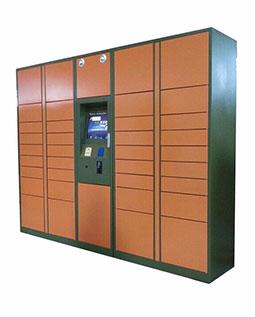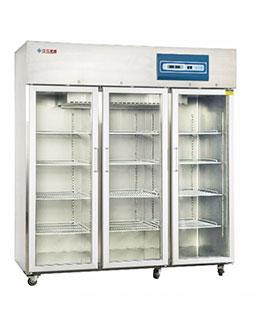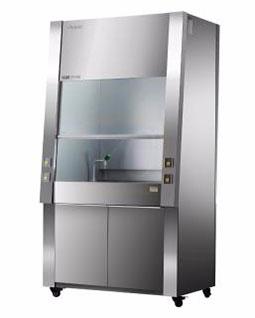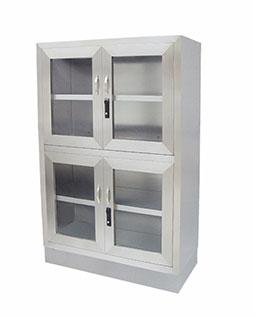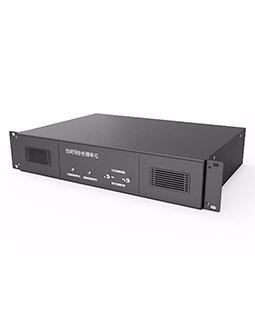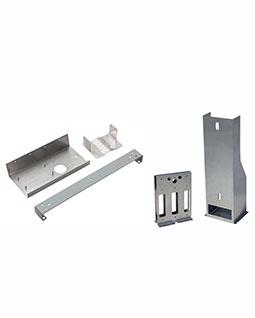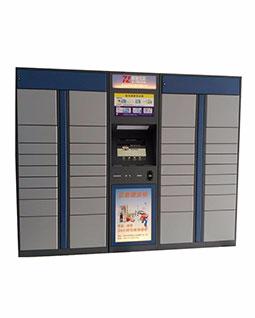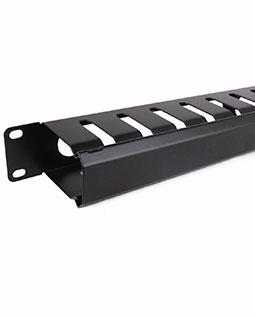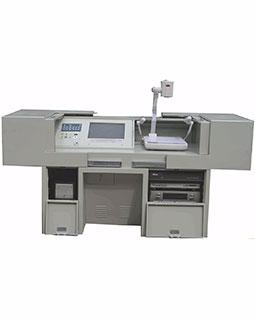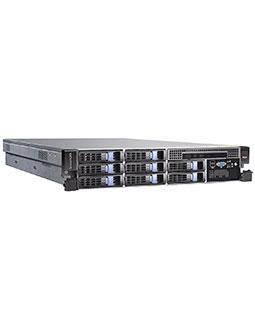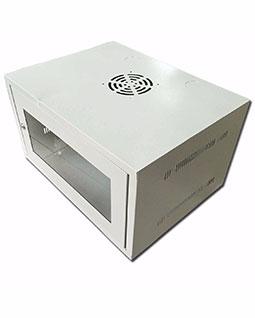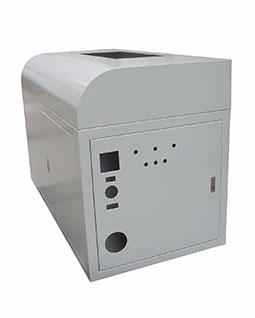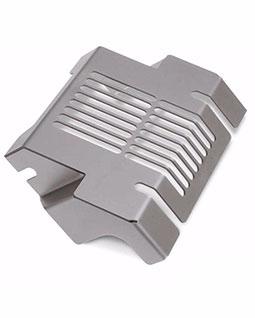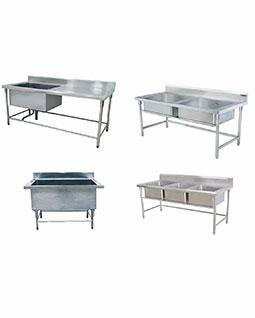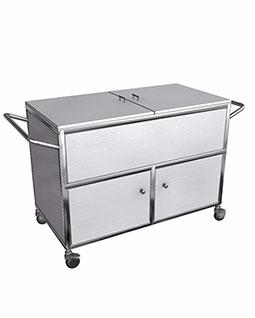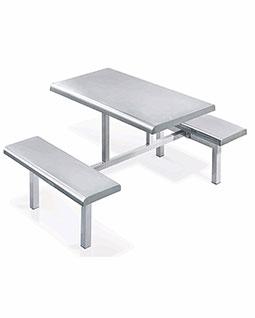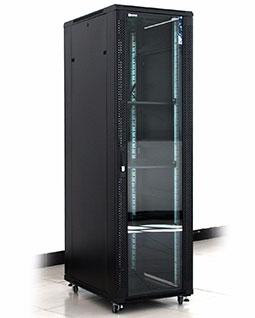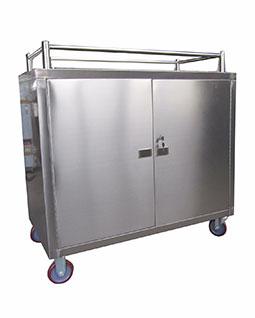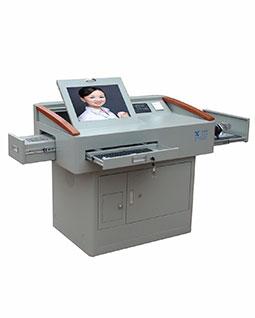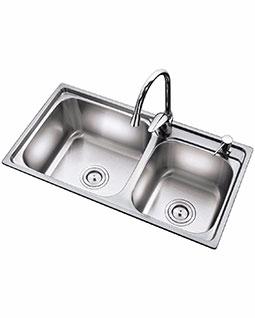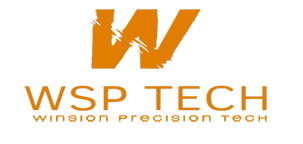The materials commonly used in Sheet metal processing are cold-rolled sheet (SPCC), hot-rolled sheet (SHCC), galvanized sheet (SECC, SGCC), copper (CU) brass, red copper, beryllium copper, aluminum sheet (6061, 6063, Hard aluminum, etc.), aluminum profiles, stainless steel (mirror surface, brushed surface, matte surface), depending on the function of the product, the selection of materials is different, generally it is necessary to consider the use and cost of the product.
1. Cold-rolled plate SPCC: mainly used for electroplating and baking varnish, low cost, easy to form, material thickness ≤ 3.2mm.
2. Hot-rolled sheet SHCC: material T≥3.0mm, also use electroplating, baking varnish parts, low cost, but difficult to form, mainly use flat parts.
3. Galvanized sheet SECC, SGCC: SECC electrolytic plate is divided into N material and P material, N material is mainly not used for surface treatment, and the cost is high, and P material is used for sprayed parts.
4. Copper: It is mainly used as a conductive material, and its surface treatment is nickel plating, chrome plating, or no treatment, and the cost is high.
5. Aluminum plate: generally use surface chromate (J11-A), oxidation (conductive oxidation, chemical oxidation), high cost, silver plating, nickel plating.
6. Aluminum profile: a material with a complex cross-sectional structure, which is widely used in various sub-boxes. The surface treatment is the same as that of the aluminum plate.
7. Stainless steel: mainly used without any surface treatment, high cost.
Sheet Metal Unfolding Considerations
1. The deployment method should be consistent, and it should be convenient to save materials and processability
2. Reasonably choose the gap and edge wrapping method, the gap below T=2.0 is 0.2, the gap between T=2-3 is 0.5, and the edge wrapping method adopts the long side to wrap the short side (door panel type)
3. Reasonably consider the tolerance dimensions: negative tolerance to the end, positive tolerance to half; hole shape size: positive tolerance to the end, negative tolerance to half.
4. Burr direction
5. Pull out teeth, press riveting, tear, punch bumps (bags), etc., and draw a cross-sectional view
6. Check the material, plate thickness, and plate thickness tolerance
7. For special angles, the inner radius of the bending angle (generally R=0.5) should be determined by trial bending.
8. Where there are error-prone (similar asymmetry) places should be highlighted
9. Larger images should be enlarged for places with many sizes
10. The place to be protected by spraying must be indicated

